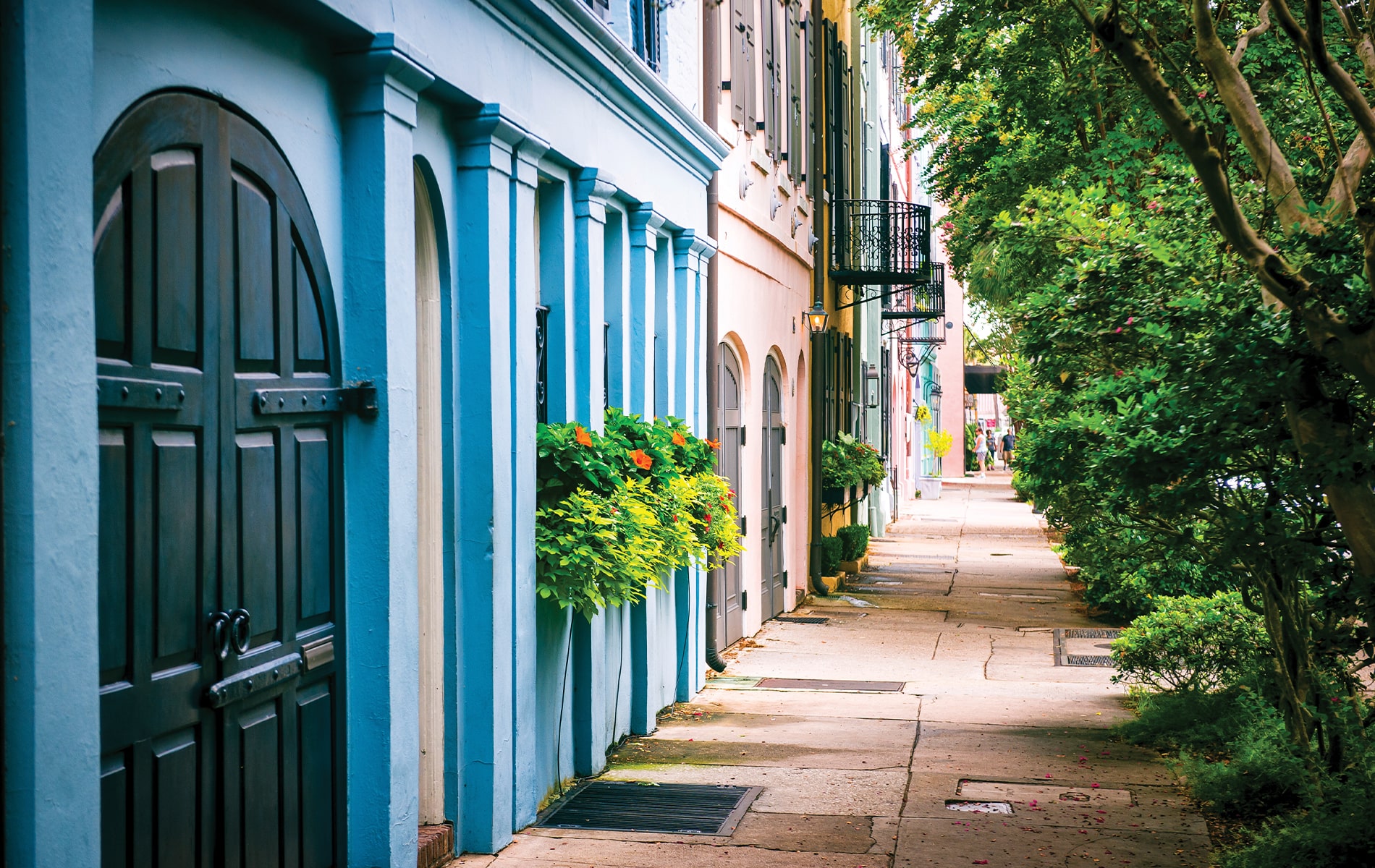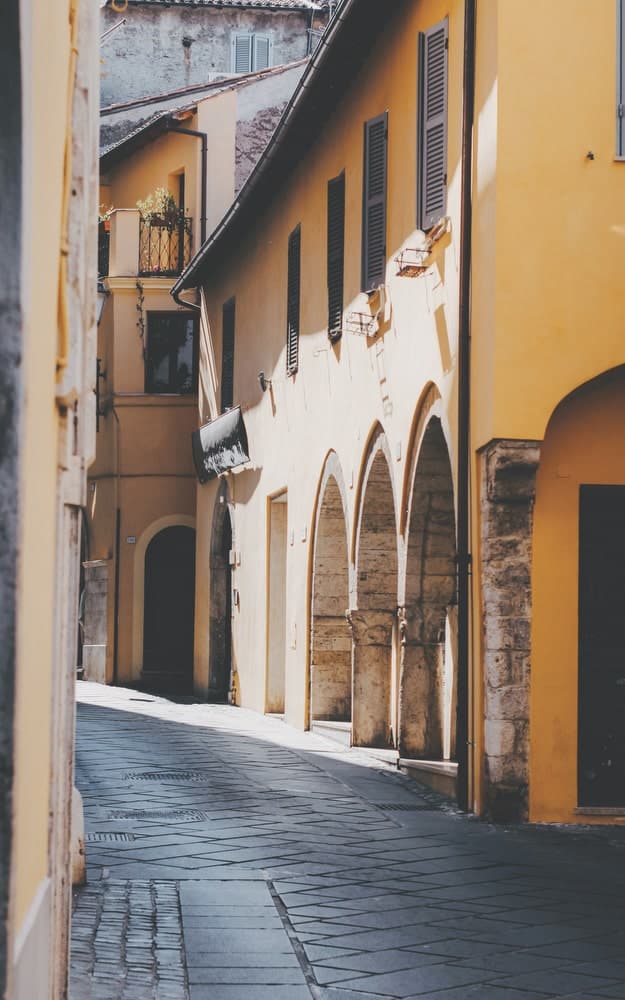
vie-magazine-suzanne-pollak-column-september-2023-hero-min
The Power of a Good Walk
By Suzanne Pollak
Walking in nature has had a strong and creative influence in shaping my life. The rhythm of walking keeps my brain loose, not rigid. I get my best ideas and a sense of peace and calm when I move through nature.
As someone who grew up outside of the United States, I am always curious about other cultures. During the lockdown period, when people worldwide were all gravitating to the outdoors, it was fascinating to read about nature-loving traditions and customs from different countries and then try to incorporate them into my routine.
One of the philosophies I read about and tried to practice is Norwegian friluftsliv, a term invented by the famous playwright (and Norwegian) Henrik Ibsen in the 1850s to describe the value of spending time in remote locations for spiritual and physical well-being. In our digital world today, this has come to mean the importance of disconnecting—from our devices and everyday irritations, and during lockdown, from monotony—to spend time outdoors, enjoying the simple life in nature without destroying or disturbing it. During this widely stressful time, I spoke to many friends in different places who were also doing whatever it took to spend as much time outdoors as they could as a way to experience peace and calm, no matter their climate: As Scandinavians say, “There is no such things as bad weather, only bad clothing.” This cultural embrace of the outdoors, the connection to nature, and the love of being active through hiking, cycling, or even just walking contribute to the Nordic countries ranking highly in the yearly World Happiness Report. I know it meant a world of difference to me and many others.
Another cultural connection to nature that I read about and incorporated in a way is the Japanese custom of shinrin-yoku, or forest bathing, an eco-therapy that emerged in the 1980s designed to encourage people to reconnect to and protect the country’s forest. For me, that translated into being more observant of nature that surrounds me in my coastal ecosystem, cultivating quiet, contemplative time as I walked along the vast vista of the water under expansive skies. My area may not have forests to stroll through daily, but I could still bathe in nature and absorb the therapeutic benefits to mind and body.
Although walking has been a formative aspect of my life and part of my routine for a long time, implanting these customs from other countries has given new meaning to my daily practice.
While walking helps to disconnect, it also supports the work I do. I walk to become a better writer, strategizer, and fundraiser.
During the pandemic, I edited the script for my weekly Zoom cocktail classes during my morning walk on the Battery (c. 1768), a landmark defensive seawall in Charleston lining the Cooper and Ashley Rivers. That ancient wall became my movable desk, where I could lean my notebook to cross out sentences and add ideas as they popped into my head. Then I read my work out loud as I walked—the salty sea air blowing around my brain made this a breeze (my version of “forest bathing”), and I didn’t become stuck like I do while sitting at my desk. I continued the writing and editing practice on my daily walks and even wrote this article while walking.

I became a more effective fundraiser on my outside walks too. On solo walks, I strategized on what to ask for and who to ask. I raised money when I walked with another person. During COVID, when people were not willing to meet inside, they were willing to go for a walk. Fundraising is a face-to-face job that requires building personal relationships, but due to the pandemic, I changed how I did my job. Face to face became side by side, step by step, walk by walk. Today I continue to fundraise this way because moving together side by side is less intimidating or confrontational than sitting face to face; therefore, it’s often more effective.
I find that people tap into different parts of themselves when walking in the expanse of nature (rather than sitting in the confines of an office or coffee shop), and my walking meetings had multiple benefits. The meetings were relaxed, didn’t feel like work, and I felt like people’s hearts and imaginations expanded in nature.
I also walk to be with my friends. Although catching up over lunch or cocktails can be great, going for a walk is an ideal way to solve problems. For starters, moving reduces stress. When a friend ended a romantic relationship, we took three laps around the wide walkway surrounding the Colonial Lake tidal pond to come up with a plan for her to move forward. The lake and its park there were established by a commission in 1768, setting aside the area forever for public use, and I frequently use this public space with friends as we listen, protect, and support each other on walks through the park and around the lake.
When it rains, I even like walking solo to clear my brain. Walking alone unlocks my thoughts. It is easier to sort out what’s on my mind, to figure out what is taking up valuable brain space that needs to go. This doesn’t happen within the confines of home. My brain is a laundry list of what must be done inside my house. Moving in fresh air is like being in a washing machine that clears and cleans space in my brain—a natural massage that relaxes and lets things go.
Nature is full of spiritual energy, soothing, healing, and expanding. Being in nature makes magic happen.
— V —
Suzanne Pollak, a mentor and lecturer in the fields of home, hearth, and hospitality, is the founder and dean of the Charleston Academy of Domestic Pursuits. She is the coauthor of Entertaining for Dummies, The Pat Conroy Cookbook, and The Charleston Academy of Domestic Pursuits: A Handbook of Etiquette with Recipes. Born into a diplomatic family, Pollak was raised in Africa, where her parents hosted multiple parties every week. Her South Carolina homes have been featured in the Wall Street Journal Mansion section and Town & Country magazine. Visit CharlestonAcademy.com or contact her at Suzanne@CharlestonAcademy.com to learn more.
Share This Story!
KEEP UP WITH THE LATEST STORIES FROM VIE
















































































































































